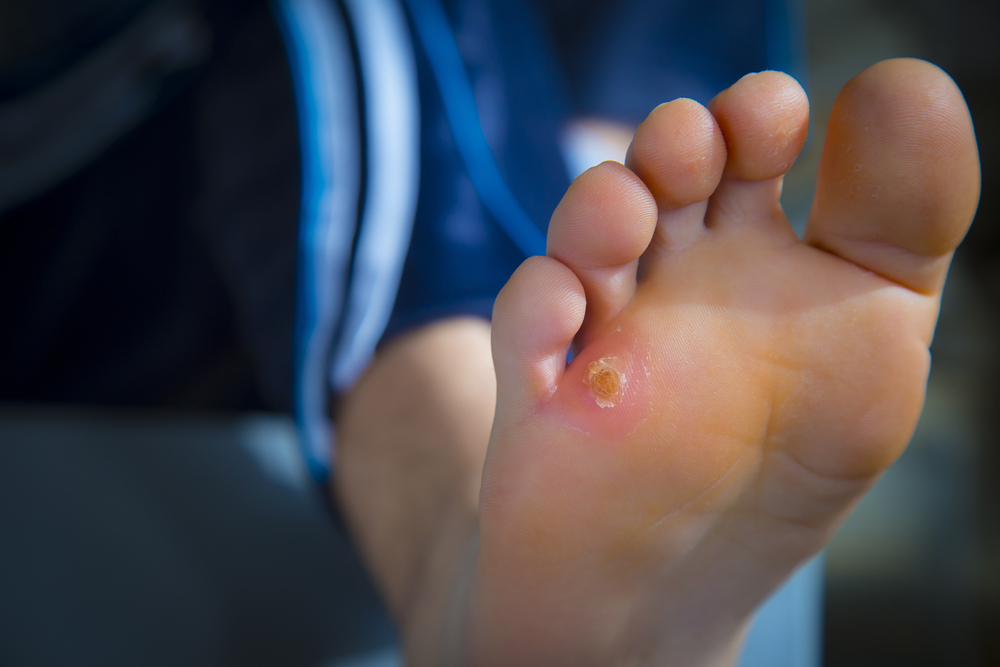
At any given time, about 5% of Americans experience corns and calluses. Though common, these lesions are painful and put you at risk for more serious health problems, especially if you have diabetes. At Optima Foot and Ankle, with the convenient locations in Bend, Oregon, and Redmond, Oregon, expert podiatrists Laura Schweger, DPM, and Evan M. Ross, DPM, regularly work with men, women, and children to diagnose and treat corns and calluses. To request your appointment today, call the office nearest you or book one online at any time.
contact usWhat are corns and calluses?
Corns and calluses are thick, hardened layers of skin that form as a result of rubbing, friction, or undue pressure. They usually develop on the tops and sides of your feet and toes, where your skin makes direct contact with your socks and/or shoes.
Corns and calluses usually aren’t a serious health problem, but they can cause pain and irritation. If you have diabetes or another chronic condition, they also increase your risk of slow-healing wounds or infection.
What are the symptoms of corns and calluses?
The symptoms of corns and calluses vary depending on their size and location. Common telltale signs include:
- A thick area of rough skin
- Hardened bumps
- Raised bumps
- Tenderness or pain
- Flaky or dry skin
As corns and calluses grow in size, you might also find it difficult to place weight on your affected foot.
Are corns and calluses the same thing?
Many people use the terms corns and calluses interchangeably, but they’re actually two different things:
Corns
Corns are usually smaller than calluses and feature a hardened bump in the center. The bump looks similar to a kernel of corn, which is where it gets its name. For the most part, corns develop on the non-weight bearing areas of your feet, like the tops of your toes. They’re also sensitive to pressure.
Calluses
Calluses usually aren’t painful, and they develop on the balls of your feet or heels. They vary in size and appearance, but most of the time, they’re larger than corns.
How are corns and calluses diagnosed?
To diagnose corns and calluses, your Optima Foot and Ankle provider physically examines your feet. They also rule out other potential causes of thickened or hardened skin, such as plantar warts and cysts. If your provider suspects your corns and calluses are the result of a physical abnormality, they might also order an X-ray.
How are corns and calluses treated?
Treatment for corns and calluses depends on the severity of your symptoms. Usually, the providers at Optima Foot and Ankle recommend conservative treatments like wearing comfortable shoes, using protective pads, or taking self-care measures.
If your corns or calluses persist, they might recommend trimming away the excess skin or a prescription callus-removing medication. If you have a misaligned bone that’s contributing to the problem, surgery may be necessary.
To request a corns and calluses appointment at Optima Foot and Ankle, call the office nearest you today or book online at any time.
